

Converging light Fourier transform light patented technology, make scattering light not be restricted to lens aperture. Double spectrum design make its precision achieves from 0.01um to 1200μm,and Dual-laser orthogonal light make use of the semiconductor auxiliary laser extend the test angle from 45 degree to 135 degree, ensure receive all the angles of signals.
2) Expand Size Range
measurement range significantly expanded to 0.01um, particularly suitable for small samples of the user, the sub micron particle test results reached the international level
3)Full built-in dispersion system
The ultrasonic dispersion, mechanical stirring and circulation channel reasonable integrated in the interior of the instruments, ensure the uniform dispersion and distribution of particles in the testing process, effectively avoid uneven distribution, large particle deposition phenomenon caused by long pipe line of outside dispersion system , to ensure the accuracy of the test results.
4)Intelligent Operation mode
With intelligent automatic mode of operation, to achieve a key test, as long as according to the prompt addition of sample, click the “test”, all processes including water-supply, dispersion, circulation, testing, cleaning, data record, data analysis, save and print are automatically completed, not only reduce the testing workload, but also eliminate the interference of human factors, to further improve the accuracy and authenticity of testing results.
5)Automatic Optical path alignment system
The precision of four hybrid stepping motor in the automatic system of optical components, micro precision of 0.1um, the instrument of light path is always at its best to eliminate manually on the light path and the troubles and difficulties but also enhance the accuracy and stability of test results.
6)Authoritative calibration method
In the entire test range using the national standard materials for calibration, only a year calibration once the instrument can. Calibration method is simple and quick.
7) Unconstrained free fitting technique
Winner original unconstrained free fitting technology, particle size analysis is not affected by any functional constraints, can be a true reflection of the distribution of particles.
|
Model Name
|
Winner2008A
|
Winner2008B
|
|||||
|
Standard
|
ISO13320-1:1999, GB/T19077.1-2008, Q/JWN001-2009
|
||||||
|
Principle
|
MIE scattering principle
|
||||||
|
Measuring Range
|
0.01μm-2000μm
|
0.01μm-1200μm
|
|||||
|
Channels Number
|
127
|
120(different photo detectors & optical light path)
|
|||||
|
Accuracy error
|
≤0.5% (Deviation of D50 on national standard sample)
|
||||||
|
Repeatability error
|
≤0.5% (Deviation of D50 on national standard sample )
|
||||||
|
Light source
|
High performance He-Ne Laser (λ= 632.8nm, P>2MW)
Lifetime>25000hours |
||||||
|
Dispersion
Method |
Ultrasonic
|
Frequency:40KHz Power:35W, Time: ≥1S ,Anti-dry function
|
|||||
|
Stir
|
Revolutions Speed: 0-3000RPM (Adjustable)
|
||||||
|
Circulate
|
Rated Flow:8L/min Rated Power:10W
|
||||||
|
Sample Pool
|
Volume:350mL
|
||||||
|
Micro-
Sample Pool |
Volume: 10mL ( Available)
|
||||||
|
Operation Mode
|
Full automatic/ manual control, freely choose
|
||||||
|
Resolution
|
Free distribution truly reflect particle size distribution
|
||||||
|
Optical bench alignment system
|
Japan Canon lens, Full automatic,precision is up to 0.1um
|
||||||
|
Software function
|
Analysis mode
|
Free Distribution, R-R Distribution, Logarithm Normal Distribution, Mesh number classification etc.
|
|||||
|
Statistic Method
|
Volume Distribution, Quantity Distribution
|
||||||
|
Statistic Comparison
|
Several Testing Results of samples
Different batches of samples testing result, Samples before and after processing, Test result of samples in different time. |
||||||
|
User-defined Analysis
|
Figure out percentage according to the particle size
Figure out particle size according to the percentage Figure out percentage according to the particle size range Meet demands of representation of particle test in different industries |
||||||
|
Test Report
|
Word, Excel,Photo( Bmp), Text etc
|
||||||
|
Multiple-language Support
|
Multiple language Support
|
||||||
|
Intelligent operation
|
Automatically control water inflow, dispersion,test and analysis.Better Repeatability after remove human-factor
|
||||||
|
Testing speed
|
<2min/time
|
||||||
|
Outer dimension
|
L104cm*W44cm*H54cm
|
||||||
|
Net weight
|
58Kg
|
||||||

Test Operation Interface








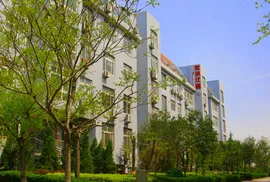

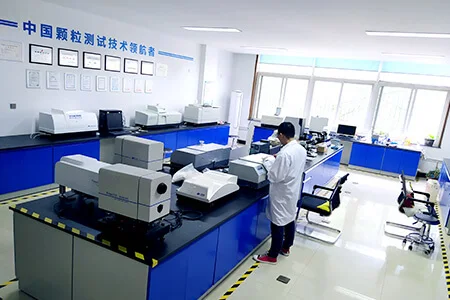
We are the 1st manufacturer to produce Nano-particle size analyzer in China.
Our particle size analyzer will enable you understand materials well, and save your time and cost. Reliable data enables scientists, researchers and engineers to evolve formulations and processes with confidence. Our products guide research and product development, manage and control manufacturing quality, and optimize output.
By now, We have Laser Particle size analyzer, Image particle size analyzer, Spray particle size analyzer, particles counter and Nano-particles size analyzer and so on.
We are dedicated to offer you the best particle size analysis solution.
Your satisfaction is our eternal target!









Cooperative Partner

Our Team
We created more than 10 first particle size analysis technology in China!



Quality Assurance
1. Strictly conforming to ISO9001-2000 quality management system.
4.Only qualified components will be assembled and total laser particle size analyzer must be inspected completely before sale.
5.Laser particle size analyzer will be processed preventing -shake test before delivery.

FAQ
1) What materials need test?
If suspension/emulsion, must choose liquid dispersion particle size analyzer, and some materials are also reacted with water, so need liquid dispersion particle size analyzer also. Generally, cement, metal powders and pharamcy materials need dry dispersion model particle size analzyer.
By now, Based on MIE scattering, laser particle size analyzer can test the particle range is 0.01um-2000um.
If materials range is not so wide, for example, 10um-20um, smaller range of particle size distributon choose closer range model will be preciser, no need to buy large range model.
For liquid model, in order that sample can disperse well and circualte in the laser particle size analyzer, generally we need use water, alochol or organic solvent as dispersion media.For dry dispersion model, just use compressed air as dispersion media.In the current market, Dry laser particle size analyzer cost is higher than liquid dispersion models, so if can test well, liquid model is better.




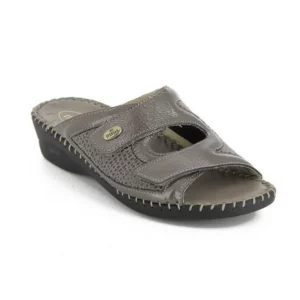
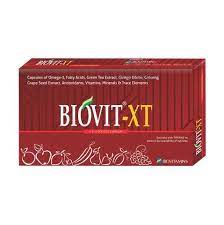

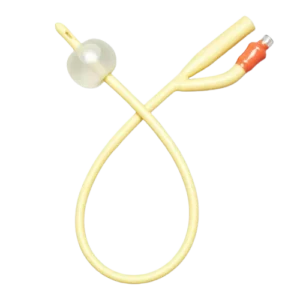

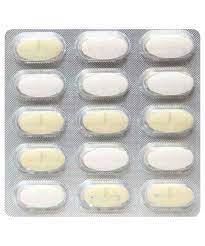

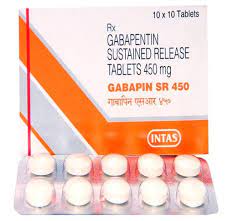

 No products in the cart.
No products in the cart. 
Reviews
There are no reviews yet.